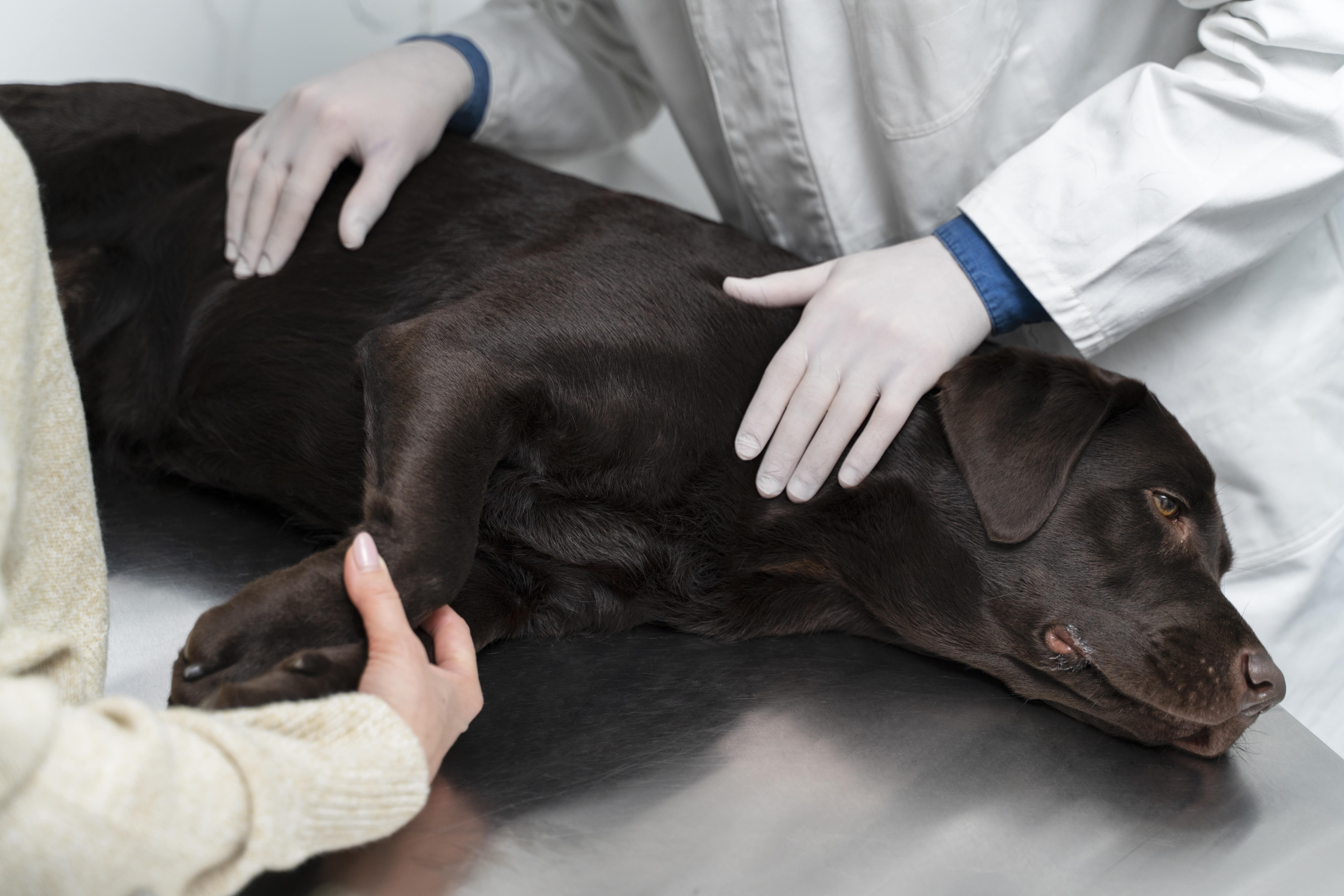Rabies

Rabies
Rabies, also known as canine madness, is a contagious viral disease that is transmitted from animals infected with the virus, or rabid, to healthy animals and humans through biting or scratching. The virus affects the nervous system, causing symptoms such as headaches, excessive movement, or lethargy, and can ultimately lead to death if not treated. The disease is named "canine madness" because the majority of cases are caused by rabid dogs. However, the disease can also be transmitted through other animals such as cats, foxes, bats, and other mammals.
What Causes Rabies?
Rabies is caused by the rabies virus, which belongs to the rabies virus family. This virus is present in the saliva of infected animals and is transmitted to healthy animals or humans through biting or scratching. It cannot penetrate intact skin but can enter through skin wounds and mucous membranes. The virus cannot survive outside the body for an extended period, dying within a few hours.
What Happens in the Body After Infection with the Rabies Virus?
After entering the body through a wound, the virus affects the peripheral nerves and then moves to the central nervous system during an incubation period, which depends on the location, depth, and proximity of the bite to the central nervous system. The incubation period ranges from 20 to 90 days. Afterward, the virus travels through nerve channels in the peripheral nerves until it enters the basal ganglia, where it multiplies. Symptoms start to appear in the patient, including pain, numbness, and tingling. Eventually, it reaches the central nervous system, causing rapid viral inflammation. It quickly spreads to the salivary glands and other peripheral nerves.
Symptoms of Rabies:
Symptoms of rabies appear in several stages:
-
First Stage:
- Fever
- Headache
- Fatigue
- Nausea and vomiting
- Throat pain
- Dry cough
-
Second Stage:
- Excessive salivation
- Sweating
- Fear and tension
- Hyperactivity
- Agitation and insomnia
- Hydrophobia (fear of water)
- Extreme sensitivity to light, sound, and air
- Seizures, tension-related contractions, and muscular twitching
- The disease progresses rapidly, leading to death within a few days of symptoms appearing.
Diagnosing Rabies:
Unfortunately, there are currently no suitable diagnostic tools to detect rabies before symptoms appear in the patient. Diagnosis is typically based on linking symptoms to a history of biting or scratching by an animal infected with rabies or the appearance of distinctive symptoms such as hydrophobia or aerophobia.
How to Deal with Rabies Infections:
Immediate treatment is crucial when exposed to rabies through bites or scratches from infected animals. Preventing the virus from entering the central nervous system is the primary goal of protection, aiming to prevent symptoms and death. Measures include:
- Immediate wound cleaning through washing for at least 15 minutes with water, soap, iodine, or other substances that kill the rabies virus.
- Administration of an effective rabies vaccine according to the World Health Organization's standards.
- Use of rabies immune globulin if needed.
Preventing Rabies:
Prevention is better than cure, especially for a deadly disease like rabies. Key preventive steps include:
- Vaccination of dogs and other pets that can transmit the disease to humans is the most effective solution.
- Educating people about dog behavior, preventing bites, and immediate care measures after an injury reduces the risk of rabies infection and fatalities from the disease.
- Immunization for those working in labs dealing with live rabies virus.
- Immunization of disease control and wildlife officers who have direct contact with bats and other mammals that may be infected.
- Vaccination of children who handle pets that can transmit infection or those in high-risk areas.
Sources:
- Rabies
- Rabies
- What is Rabies?
- Rabies
- What you need to know about rabies
Read more blogs: